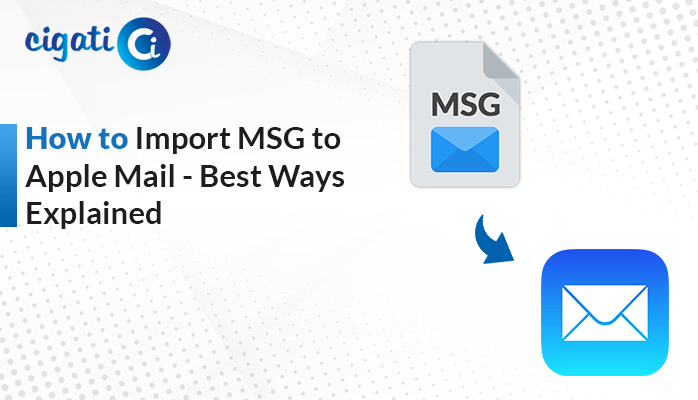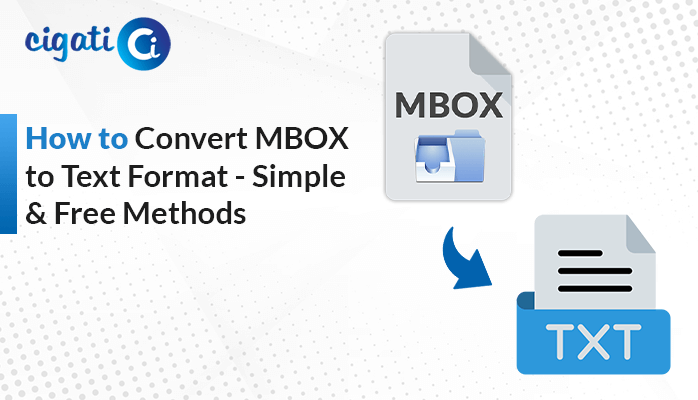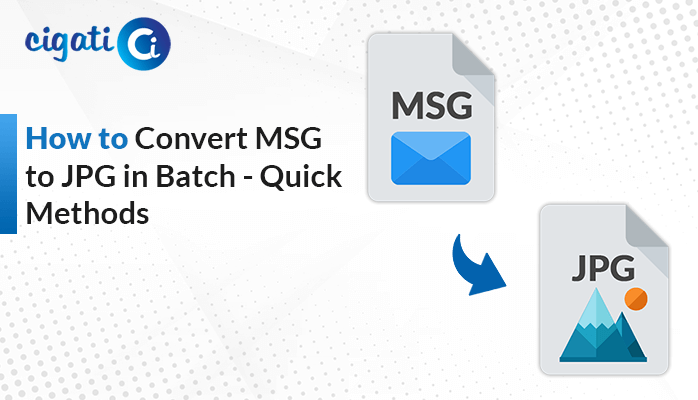-
Written By Rohit Singh
-
Updated on August 29th, 2024
Export Exchange 2010 Mailbox to PST Format: A Simple Guide
Exchange Server keeps your emails safe! It has a backup feature that saves your emails in case of problems like hardware failure or software issues. The admin can save these backups as PST files on a shared network. If you lose your emails, you can restore them from these backups. As a result, users want to export Exchange 2010 mailbox to PST. That’s why, we have a trustworthy solution, EDB to PST Converter.
Do you need to move your Exchange emails to a different place? This guide shows you how! You can export your emails from Exchange to PST files using PowerShell commands, the Exchange Admin Center, or special software. However, these PST files can be imported into Outlook, Office 365, or Exchange mailbox.
Why You Should Backup Your Exchange Mailbox to PST
Many people are moving their Exchange 2010 emails to PST files. MS Exchange 2010 is no longer supported by Microsoft, so fixing problems can be quite challenging. Here, we will follow some reasons that will help you to export Exchange 2010 mailbox to PST.
- Data Corruption: Exchange mailboxes can become corrupted, making it difficult to access your emails. Exporting to PST creates a backup that can be restored if necessary.
- End of Support: Microsoft ended support for Exchange 2010 on October 13, 2020. This means you’ll no longer receive technical support from Microsoft if you encounter problems. Exporting to PST allows you to move your emails to a newer version of Exchange or another email platform.
- Performance and Storage: EDB files can become very large, which can slow down your Exchange server. Exporting to PST can assist in reducing the size of your mailboxes, improving performance, and saving storage space.
Top 2 Methods to Export a Mailbox to PST from Exchange 2010
Here are a few ways to move your Exchange 2010 emails to PST files. Choose the method that works best for you and your server setup.
#1. How to Export an Exchange Mailbox to PST Using PowerShell Cmdlets
If you have Exchange 2010 SP1 or later, you can opt for PowerShell to export your emails to PST files. You can do this one at a time or all at once, but each export will happen one after the other. When you start exporting, your mailbox will be busy until the export is finished. Follow the below steps,
Step 1: Grant and Give Critical Permissions and Roles
Before you start exporting your emails, you need to permit yourself. However, this permission lets you use PowerShell to create a new export request. By default, even the admin doesn’t have this permission, so you’ll need to give it to yourself using a command.
New-ManagementRoleAssignment ?Role “Mailbox Import Export” ?User Administrator
This command permits the ‘Administrator’ user to export emails. If you’re using a different account, replace ‘Administrator’ with your username. After running this command, restart EMS so you can start exporting your emails.
Step 2: Make a Shared Folder to Store Exported PST Files
When you export your emails, you need to choose a place to save them. This place can be on any of your network’s computers, but it needs to be a shared folder. Make a new shared folder and give it permission to the ‘Exchange Trusted Subsystem’ group.
Step 3: Export Mailbox to PST from Exchange 2010
Now, you’re ready to start exporting your emails. You can use the following PowerShell commands to create different export requests.
New-MailboxExportRequest -Mailbox -FilePath
This command tells PowerShell where to save your exported emails. Ensure the folder you choose already exists, or the command won’t work.
Step 4: Checking the Request Status Weather If It is Working
To see if your email exports are finished, use this command:
Get-MailboxExportRequest | Get-MailboxExportRequestStatistics
When all exports are done, you can remove the permissions you gave and delete the export requests:
Remove-ManagementRoleAssignment “Mailbox Import Export-“
Get-MailboxExportRequest | where {$_.status -eq “Completed”} | Remove-MailboxExportRequest
#2. Automated Solution to Export Exchange 2010 Mailbox to PST
EDB to PST Converter is a software tool that can convert Exchange EDB files to Outlook PST files without having to dismount the Exchange database. In short, you can continue using your Exchange server while the conversion process is taking place. Moreover, the software is designed to be safe and reliable, ensuring that your data is not corrupted during the conversion process. The tool offers three recovery modes: Standard, Advanced, and Deep. The Deep recovery mode uses a template file to scan the EDB file for corruption and recover as much data as possible. Now, we will learn the workings of this utility.
Steps to Export Exchange Mailbox to PST
- First, install the software on your local system.
- After that, choose your Exchange EDB and STM files.
- Then, select the Exchange Server version.
- Further, choose a recovery mode.
- Now, preview your emails and mark the targeted files to move further.
- Next, choose where to save your PST file.
- At the end, click the Convert button to save your new PST file.
Conclusion
Exporting Exchange 2010 mailboxes to PST files is a valuable procedure for various reasons, including data backup, migration, and reducing mailbox size. While PowerShell and third-party tools like EDB to PST Converter can provide additional features and simplify the process. By following the appropriate steps and considering the factors involved, you can successfully export Exchange 2010 mailboxes to PST.
You May Also Read: Outlook Search Server Unavailable
About The Author:
Rohit Singh is an Email Backup, Recovery & Migration Consultant and is associated with Software Company from the last 3 years. He writes technical updates and their features related to MS Outlook, Exchange Server, Office 365, and many other Email Clients & Servers.
Related Post




